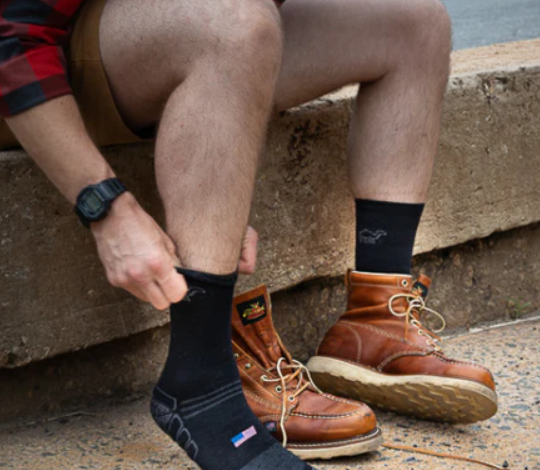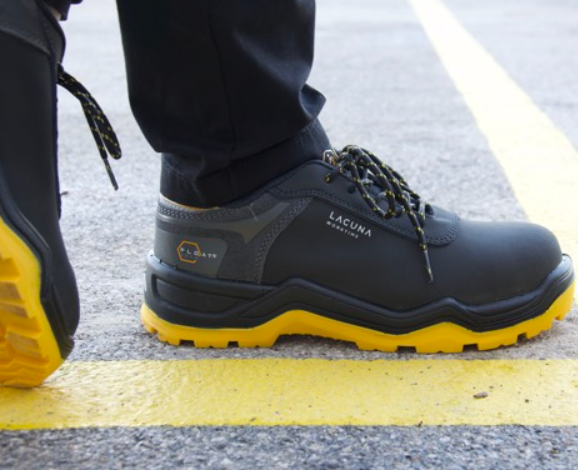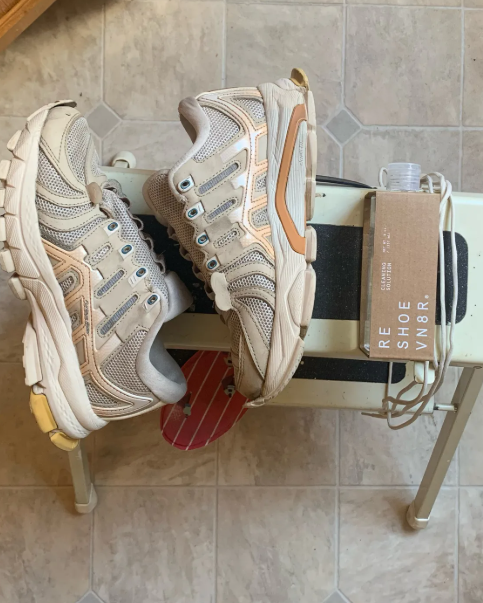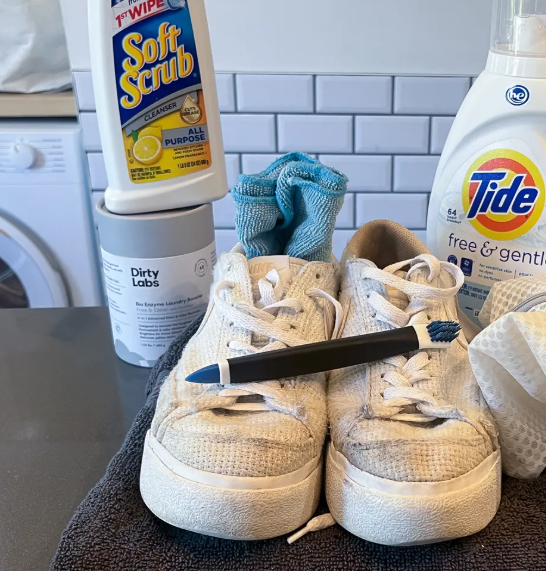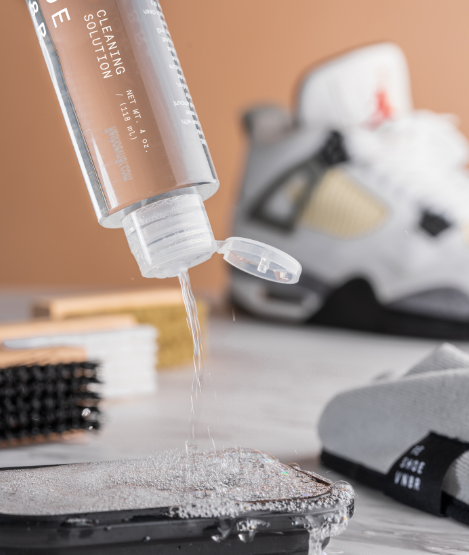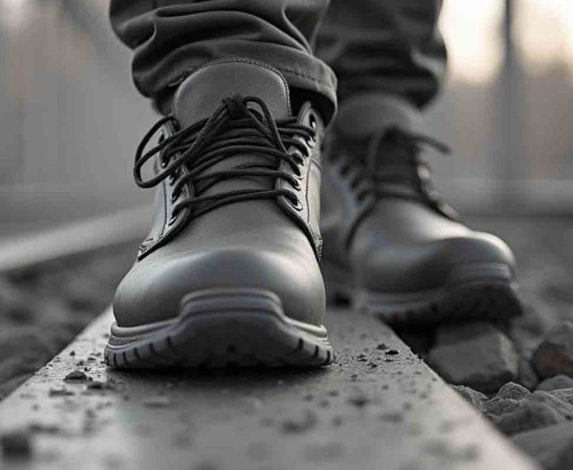
A Guide to Maintaining the Longevity of Your Safety Shoes
Wearing safety footwear is a vital part of staying protected in the workplace. However, like any other piece of equipment, safety shoes will naturally wear down over time with regular use. It’s important to be aware of the signs of deterioration to maintain their protective qualities. In this blog, we’ll cover the key signs of wear in your safety shoes and offer practical maintenance tips to help you extend their life.
Why It’s Important to Monitor the Condition of Your Safety Shoes
The wear and tear on safety shoes can directly affect their performance, reducing their ability to protect you. If safety shoes begin to lose their integrity, they can increase the likelihood of accidents such as slips, trips, and injuries. Additionally, worn-out shoes can lead to discomfort, with reduced cushioning and support, which may eventually cause musculoskeletal problems.
To ensure you remain safe and comfortable, it’s crucial to regularly inspect the condition of your safety footwear. Let’s take a look at the signs of wear you should watch out for.
Signs of Wear in Your Safety Shoes
Visible Signs of Deterioration
It’s easy to spot obvious damage on your shoes. However, many workers neglect to check their footwear regularly, putting their safety at risk. Here are some key areas to inspect:
- Sole Condition: The soles of your shoes are critical for grip and stability. Check for any wear or damage, especially in areas that see the most contact with the ground.
- Closure System: The straps or laces that secure your shoes should be intact and functioning properly.
- Upper and Lining: Inspect the overall condition of the shoe’s upper and lining. These parts should remain sturdy to ensure your shoes continue to provide adequate protection.
Non-Visible Signs of Wear
While some forms of damage are visible, other issues may not be as obvious. Pay attention to the following less visible signs:
- Toe Cap Damage: The toe cap is one of the most essential features of your safety shoes, protecting your toes from impact. Even if the outer material appears fine, the toe cap could have internal cracks from a heavy object or sharp impact. Cracks, though small, can expand over time, so if you suspect any damage, it’s wise to replace your shoes for safety.
- Moisture Buildup: Excess moisture inside your shoes can lead to discomfort and faster deterioration. Proper maintenance is necessary to prevent moisture from compromising the shoe’s material and your foot health.
Maintenance Tips to Extend the Life of Your Safety Footwear
Proper care and maintenance are key to prolonging the lifespan of your safety shoes. Fortunately, these tasks require just a few minutes of effort each day and can greatly enhance the durability of your footwear.
1. Daily Cleaning
After each use, take a few moments to brush off any dust and dirt from your shoes. Use a damp cloth or soft brush to clean them. This will help prevent dirt and chemicals from damaging the materials. For leather shoes, regular conditioning is also recommended.
2. Air Out Your Shoes
Allow your shoes to dry out after each day of use. Moisture from your feet can build up inside the shoes, which can cause bacteria to grow and lead to skin irritations. Loosen the laces and let the shoes air out for at least 12 hours in a cool, dry place to preserve their material and prevent odor buildup.
3. Dry the Insoles
The insoles of your shoes can absorb sweat and moisture, creating a perfect environment for bacteria. Remove the insoles after each use and allow them to dry thoroughly. Avoid direct heat sources like radiators, as they can distort the shape and performance of the insoles.
4. Alternate Between Two Pairs
To prevent moisture buildup and allow your shoes to fully dry, it’s beneficial to rotate between two pairs of safety shoes. This practice not only extends the life of each pair but also ensures that your shoes are always dry and ready to wear.
5. Wear Appropriate Socks
Socks may seem like a minor detail, but choosing the right pair can make a big difference in the lifespan of your shoes. Technical socks designed for work environments can reduce friction and wear on the inside of your shoes. Opt for breathable, antibacterial socks that help reduce moisture and prevent odors.
Conclusion
Your safety shoes are essential for your protection at work, and taking good care of them is key to ensuring their effectiveness. By staying vigilant for signs of wear and incorporating simple daily maintenance habits, you can extend the life of your safety shoes, improving both their performance and your comfort. Remember, well-maintained shoes are not just about extending their lifespan; they also play a crucial role in keeping you safe and healthy on the job.

